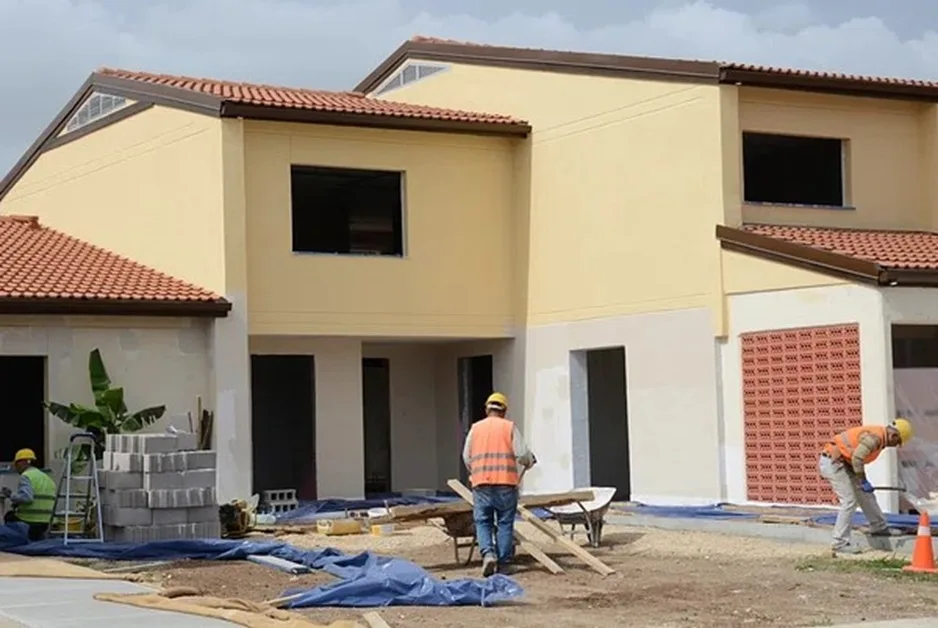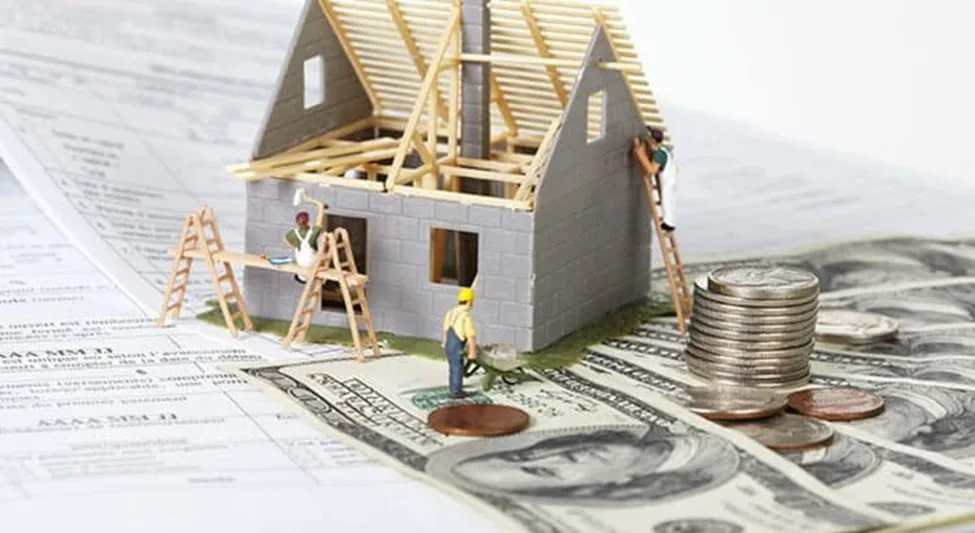Owning a house is one of the biggest investments but it doesn’t end there. If you must ensure it retains a high market value and remains functional, regular renovations are important. These renovations don’t have to be big projects; they can be simple repairs or giving the house a facelift with paint.
But when you go for major changes, you’ll need to consider the monetary costs. Major home renovations are expensive and many homeowners can’t cover the costs out of their pockets. Fortunately, there are home renovation loans to help in this regard and this article explains how to secure such a loan.
What a Home Renovation Loan Is
A home renovation loan is a loan you take to fund major repairs or a remodeling project on your residential property. For many homeowners, giving their properties a facelift or embarking on a major home improvement project is not usually planned. There may be unexpected issues that require expensive repairs or remodeling.
While many already have funds for emergencies, such funds are usually not enough to cover the cost of renovation. Because of this, it is necessary to have a source of securing finances to help with large home projects without going into more debt or becoming bankrupt.
A few loan options are available for people who want to start a home improvement project. One such option is taking a personal loan without needing collateral. That means you don’t use the house or any other assets to secure the funds you need. However, personal loans usually don’t provide enough money to cover big projects like home renovation unless you have excellent credit and the lender offers considerable loan sums.
Another option is a home equity loan, which means the equity on your home backs the loan. That should provide ample funds for the project if the difference between your property’s value and the mortgage on it is substantial. Yet another way to secure this loan is to refinance your mortgage and take cash for it. These and other options can provide what you need to renovate or repair the property.

Key Steps to Secure a Home Renovation Loan
Securing a home improvement loan requires careful attention and documentation. Knowing what it entails should make the process quick and smooth, ensuring you get what you need.
1. Understand What Need to Be Renovated
The first step is to evaluate and understand what needs to be renovated. Before deciding you need a loan, you must check what you need to repair or replace. Do you want to re-roof the house or change the entire plumbing system? Is the property’s HVAC system faulty and needs revamping? Do you want to expand the kitchen, remodel the bathroom or add an extra room to the garage?
Some of these projects are more intensive and expensive than others and documenting what needs to be done should inform you about the amount of money you need. Using a lån til oppussing kalkulator or home renovation loan calculator will be valuable when calculating costs. But while proper research should show you what such projects would cost, the best way to get a workable estimate for the specific job is to find a reliable and honest contractor in that field to evaluate the house and give you a cost rundown.
So research and find a good contractor in your locality and have them inspect the property to get a good quote. Remember to add money to your budget for emergencies and other unforeseen expenses. This is especially necessary for projects that take longer than planned.
2. Look for Credible Lenders
Now that you have a good knowledge of what needs to be done on the house and how much it would cost, the next step is to find a credible lender. This is when you should research and learn about the various home improvement loan types to understand which fits best with your finances. If you’ve taken out a mortgage on your home or have another kind of debt, discuss with the lender to see what offers they have for such loans.
While doing this, look for other credible lenders online using certain criteria and also ask trusted friends and family members for recommendations. Explore all financing options available to you and ensure they won’t push you further into debt or take too long to repay. Your home renovation loan shouldn’t break the bank, as important as it is.
You must also know your credit history and score because they are vital to how lenders respond to you. As mentioned, some loan amounts may be too small for the project you have in mind. The primary reason is that your credit score is low and lenders are usually unwilling to lend high sums to low scores. Therefore, understanding how your credit score will impact the loan sum is crucial so you don’t waste time looking for the money from one source when you can explore multiple sources.
3. Gather Your Documents and Prequalify
A home renovation loan works about the same as a personal loan. So you’ll need to gather the necessary documents to apply. These include documents that show you have a valid and stable source of income, which can be pay stubs, a valid government-issued ID, a document showing the cost estimate for the project, and your Social Security Number.
Each lender may require other specific documents so ensure you have everything you may need to save time and ease the process. Next, get pre-qualified with as many lenders as possible to give yourself more chances to succeed. Since there’s no fee for multiple pre-qualifications, you can compare what each lender offers and pick the most suitable option. You can do this by checking the letters from them, basing your selection on the loan sums and repayment period.
These give you an idea of how much you’ll get and whether or not it’s enough for the project. Moreover, you can easily calculate how the terms will impact your finances in the long run. This is especially true about the interest rates; you may get a fixed rate or adjustable rate. How that impacts your repayment period should inform your decision.
4. Complete the Application and Agreement
When you’ve picked a lender to work with, the next step is to move forward with your application and complete it. Since pre-qualification expires within a month or two, it’s important to speed things up. You can’t take too long deciding which lender is best or comparing notes. Ensure you provide all the details and documents required to improve your chances; errors can delay your approval and payout time.
Your chosen lender may also ask for more personal information and documents so be prepared to provide what’s required. Double-check the information and loan sum to be sure it agrees with what you need. Also, check the terms and interest to be sure the sum you repay is an amount your income can carry. Once approval comes from the lender, they will send the money and finalize the agreement. Read the offer carefully; get a second pair of eyes to go through it so you’re sure it contains everything you want from the lender.
For some secured loans, a federal law gives you three days to reconsider them and decide whether or not you want to proceed. You can cancel the loan within those three days if you’re unsure or change your mind without penalty. But if everything is in order and you want to proceed, agree to the terms, receive the money and start your project.

Should You Take a Home Renovation Loan?
The truth is that the choice is up to you. Some home renovation projects are by choice so taking such a loan in this situation may not be ideal, especially if you already have loans to repay. However, in many cases, the renovation projects are necessary and expensive; without a loan, the homeowners can’t fix anything.
Whichever the case may be, you must first do an internal check on your income, expenses and general financial situation to determine whether or not you can comfortably carry and repay the money when due. You must also check your financial history to see how it will impact your application.
If unsure, consider doing the project in stages, starting with the most pressing aspect. Use part of your savings to start and work your way up from there. It may take longer and impact your standard of living but it usually is more rewarding at the end of the day.
Conclusion
Getting financial assistance for home renovation projects makes the job easier and smoother, which is why a home renovation loan is precious. You don’t have to worry about the finances because of the loan and you can repay it at a convenient time.
Use it to improve your living space and your property’s market value. Explore all lending options until you arrive at the one that best suits your financial situation. However, ensure your income can cover the loan and won’t put too much strain on your standard of living.

